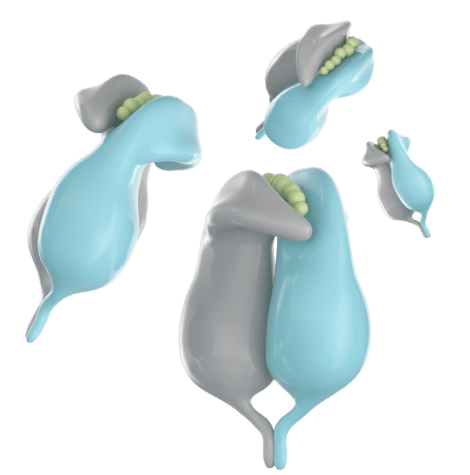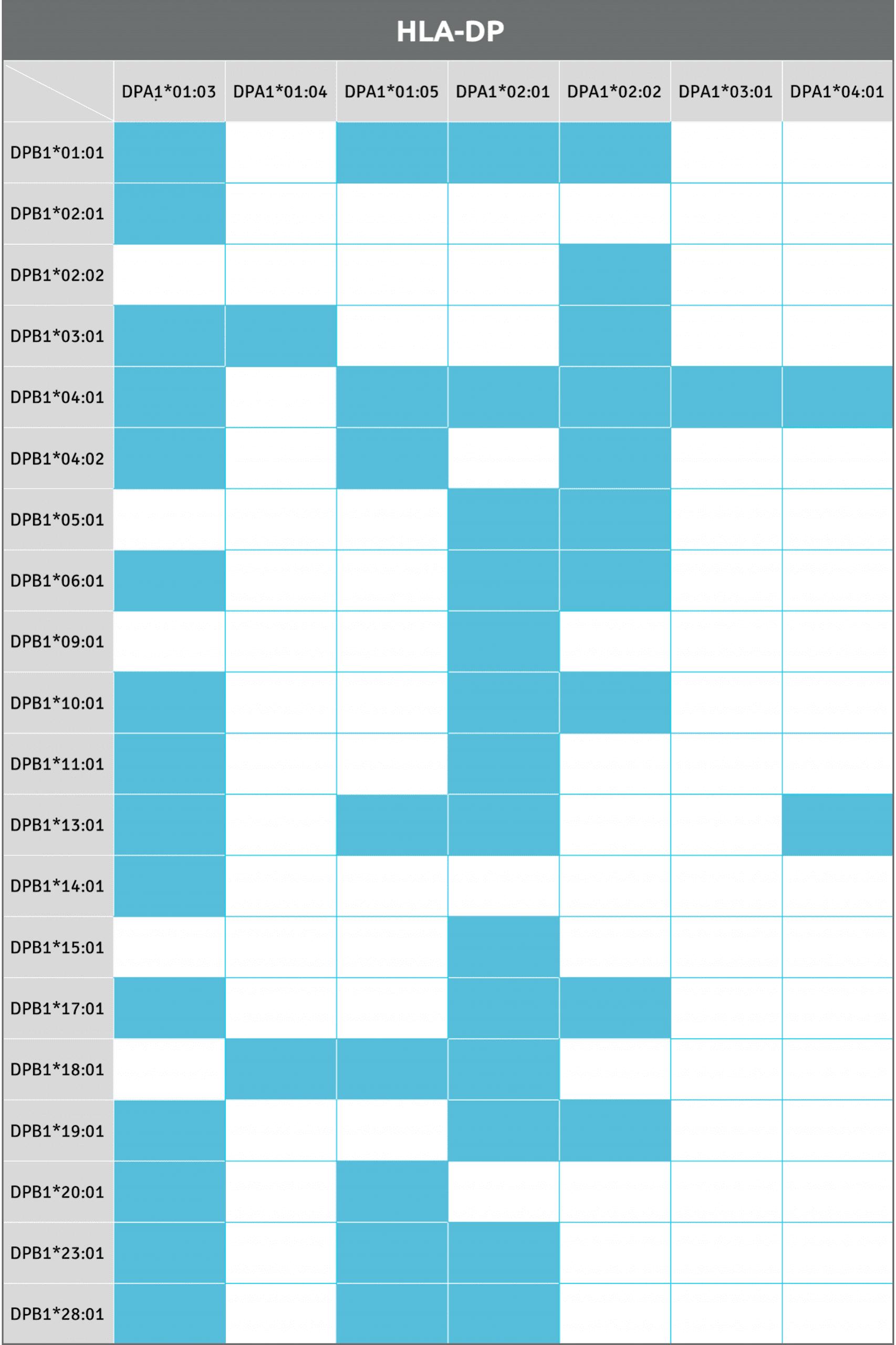From gaining more clinical relevance in histocompatibility to making more advancements in immune dysfunction research of the least studied HLA allele
HLA-DP
We offer a creative solution to unlock new ideas and discoveries by making available an extensive array of HLA-DP alleles representing a unique resource for your Immunological Research. Learn more about HLA.


HLA-DP Allele Map
Download our list of HLA-DP alleles to view all available sHLA proteins as well as products in development.
Featured Assays
Resources
SOLUBLE HLA TECHNOLOGY
Learn more about our sHLA Technology and how it can improve the quality and speed of your science
HLA APPLICATIONS
Explore the landscape of HLA applications in the fields of transplantation, autoimmunity, cancer and infectious diseases and find new ways to improve your research
SOLUBLE HLA PUBLICATIONS
Read more about our publications and discover new resources and ideas to support your endeavors
Frequently Asked Questions
Are detergents used for sHLA preparations?
Soluble HLA molecules do not have a transmembrane portion. As such, no detergents are required for solubilization.
Where do I find the sequence of a specific sHLA?
All individual sequences can be extracted from the datasheet provided on the product page.
What is the function of HLA Class II molecules?
The main function of HLA class II molecules is to present processed antigens, which are derived primarily from exogenous sources, to CD4(+) T-lymphocytes. HLA class II molecules thereby are critical for the initiation of the antigen-specific immune response.
Related Products & Services
HLA-B Proteins
Select from a pool of over 65 HLA-B alleles to drive your immunological research to identify antibody immune responses or visualize antigen-specific immune cells
HLA-C Proteins
Discover a selection of over 20 HLA-C alleles, the dominant ligand for KIR on NK cells for your immunological research
Peptide Validation and Screening Services
Competition-based HLA peptide binding assays for the validation and screening of putative T cell epitopes


